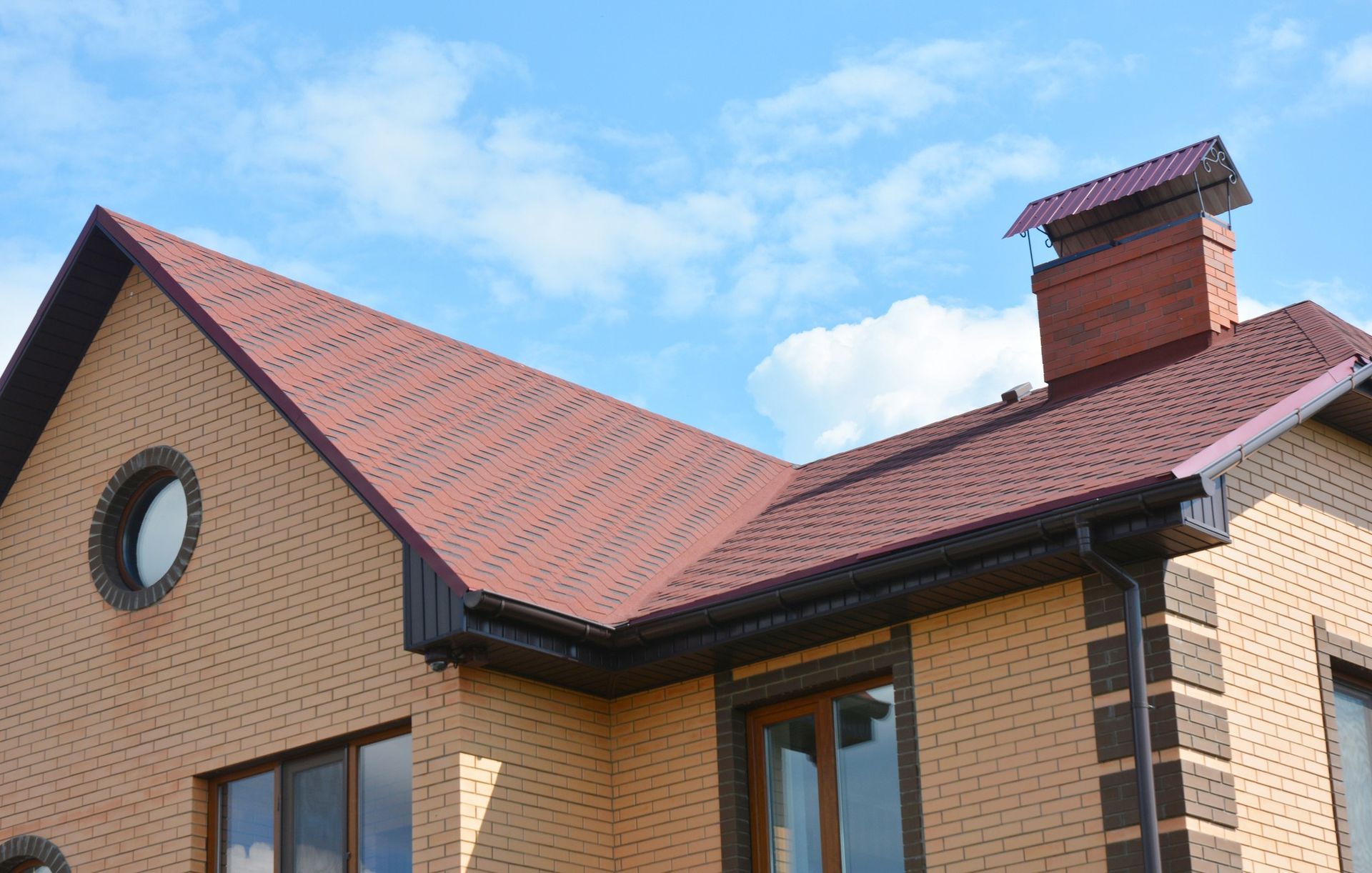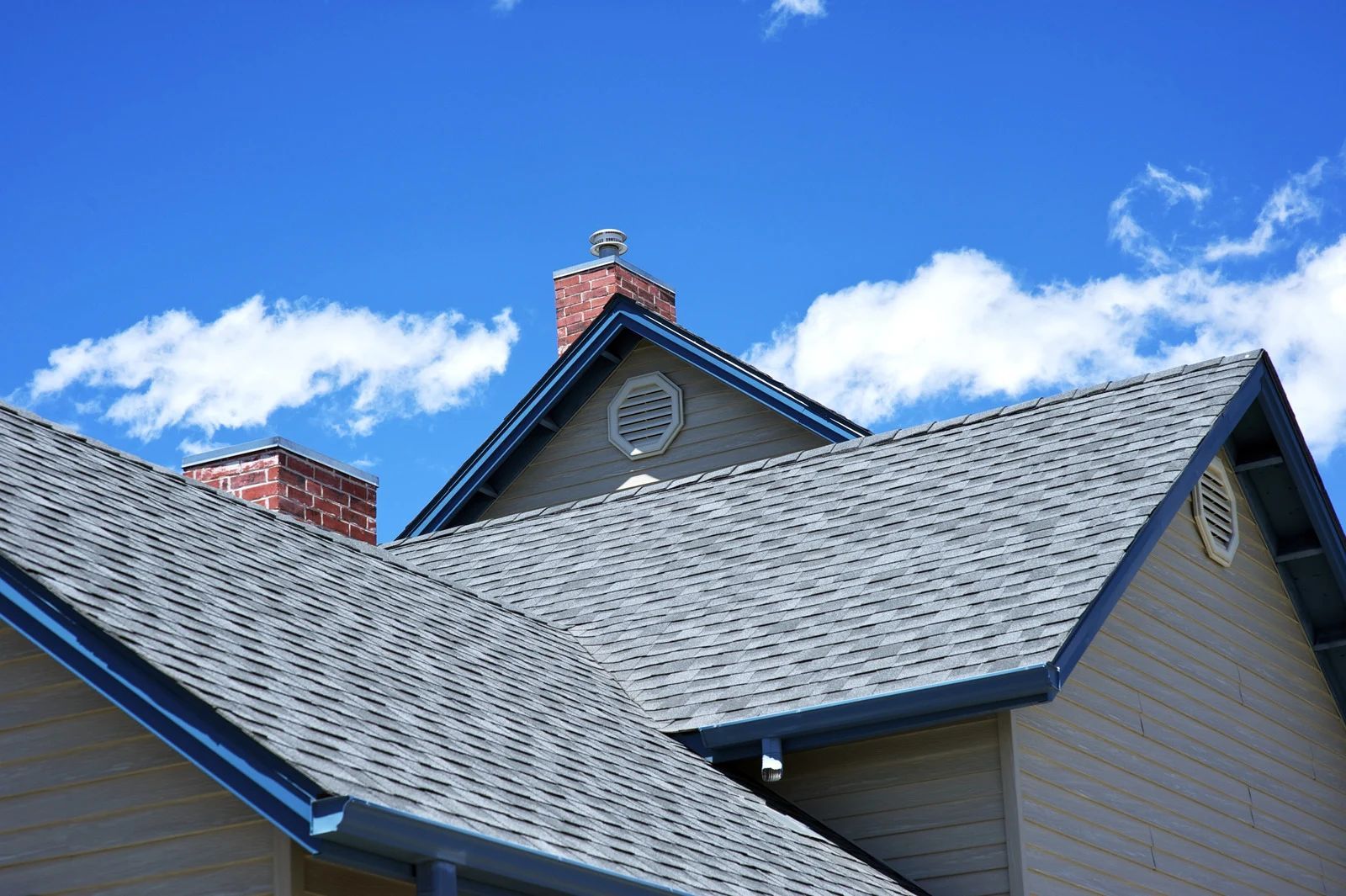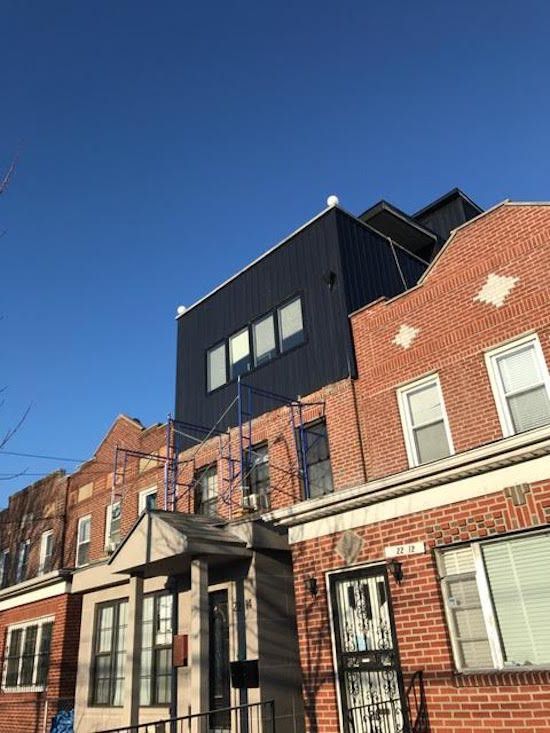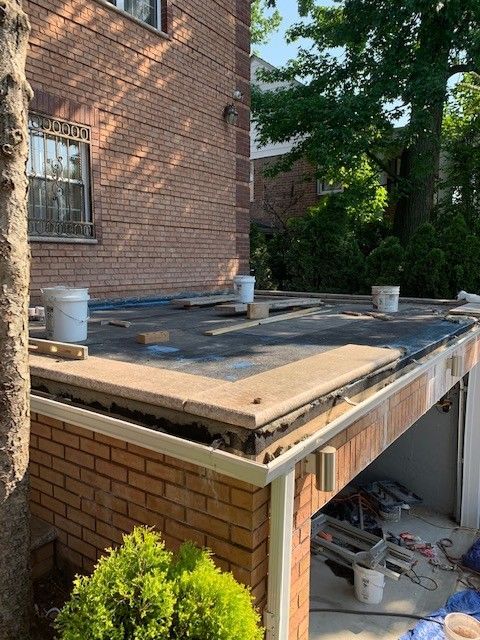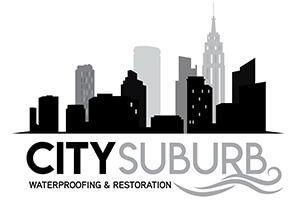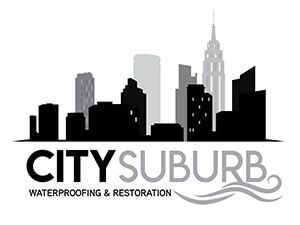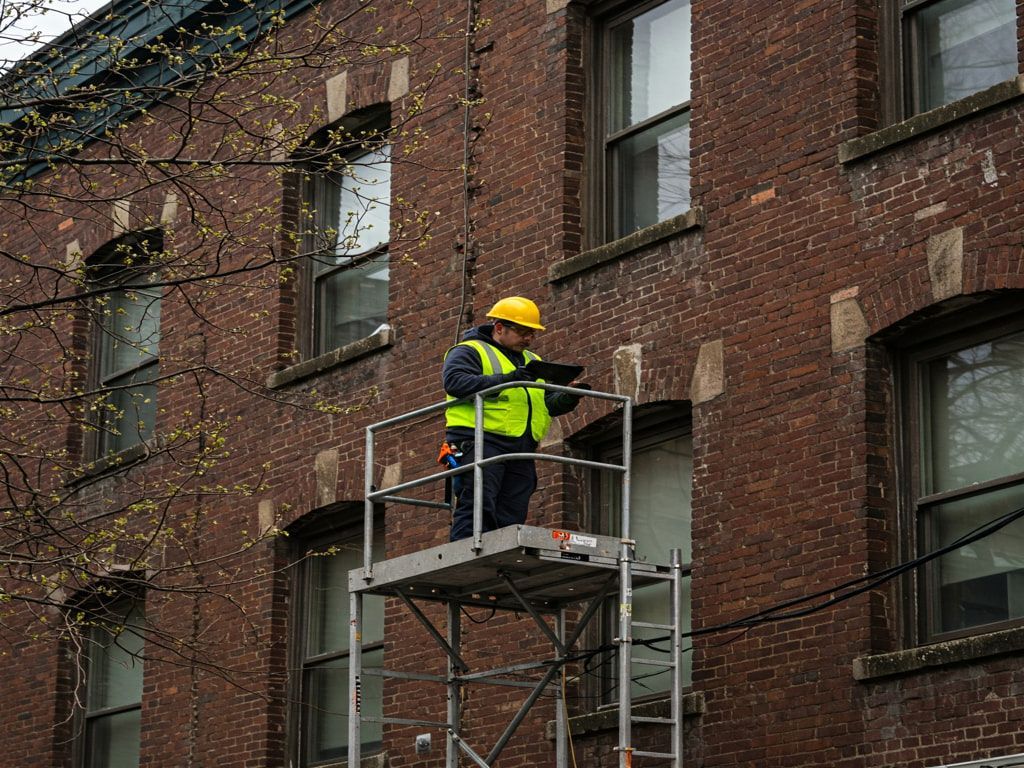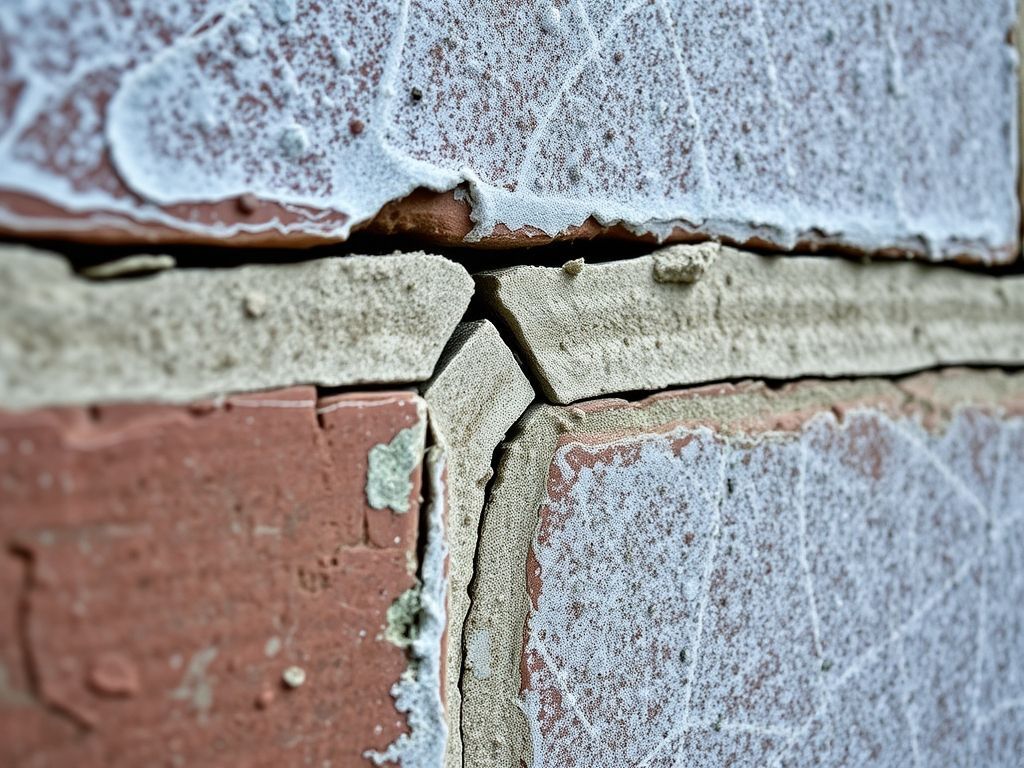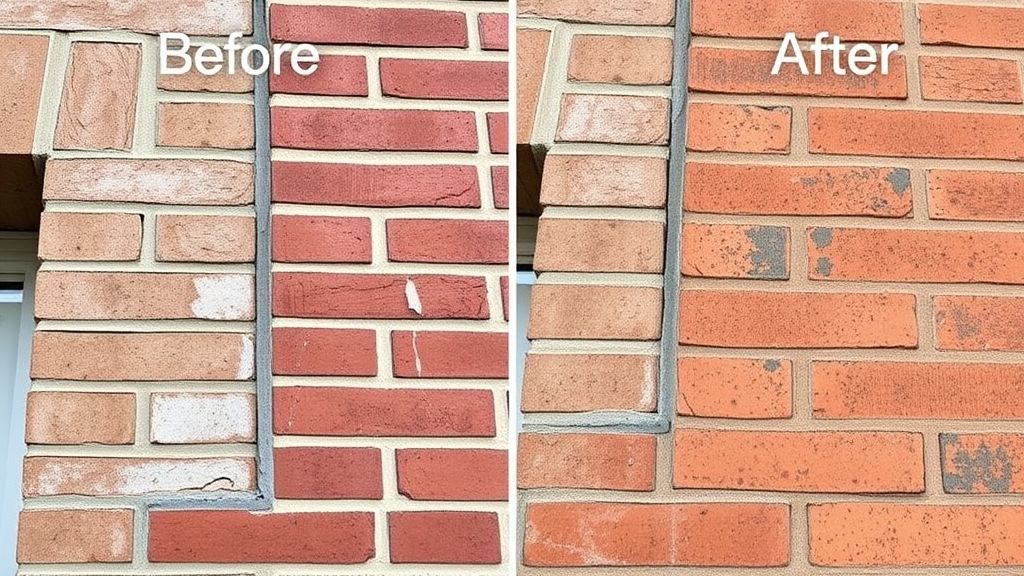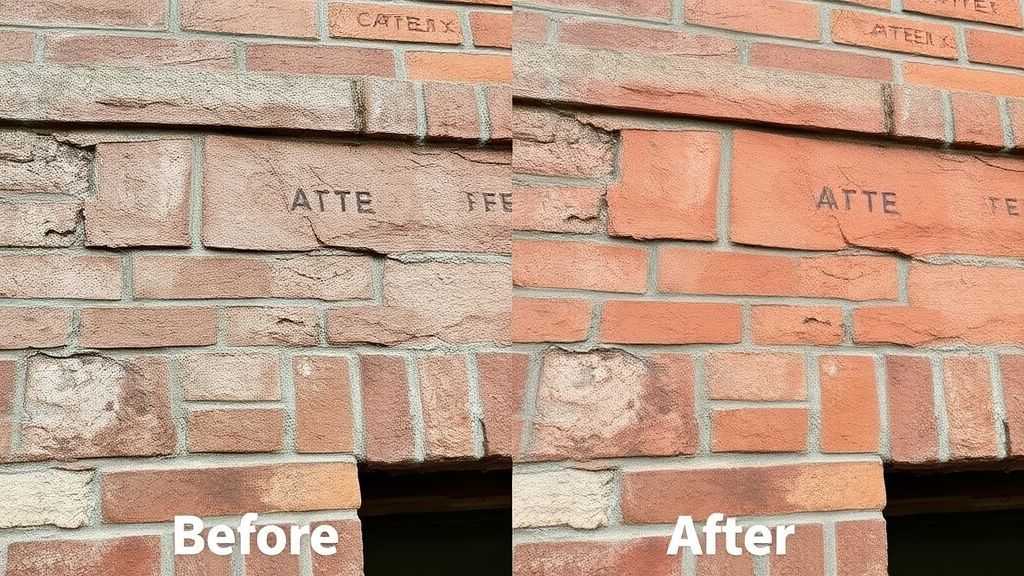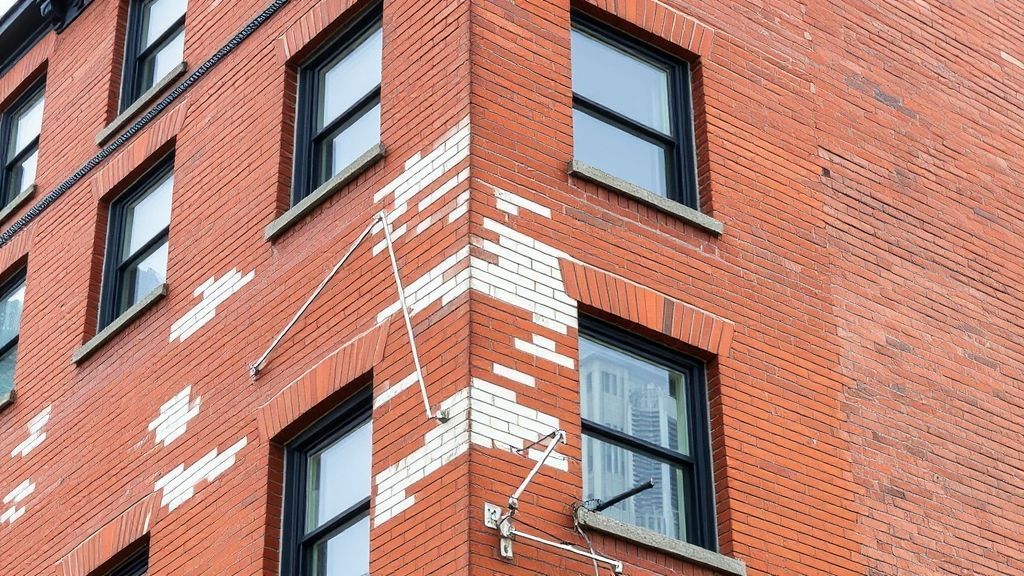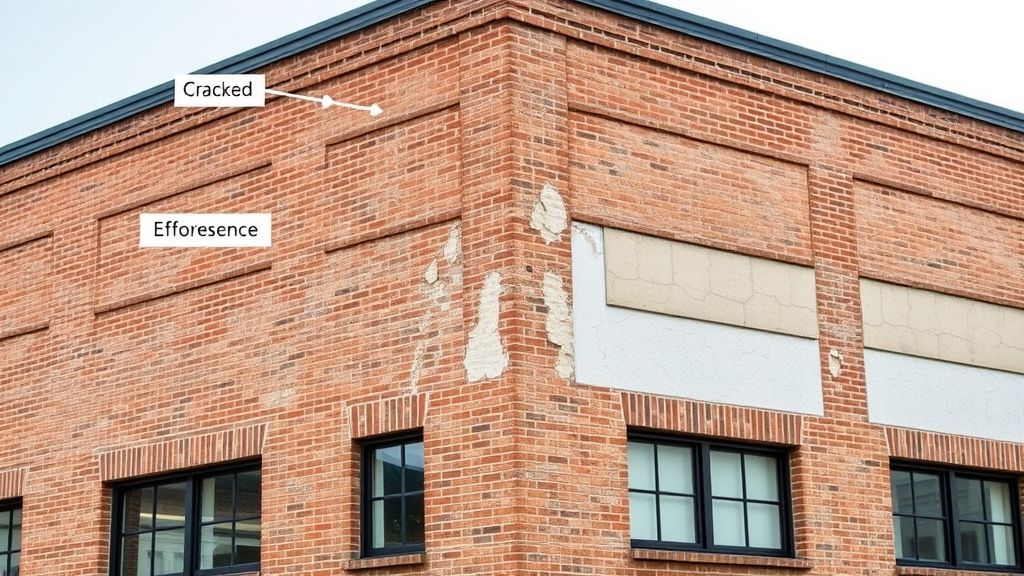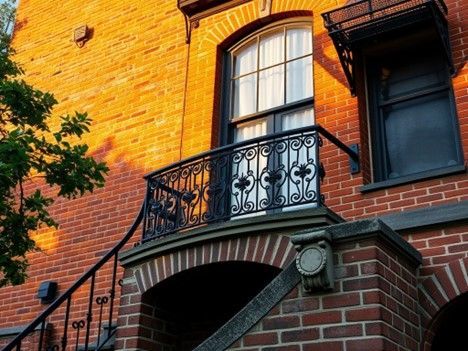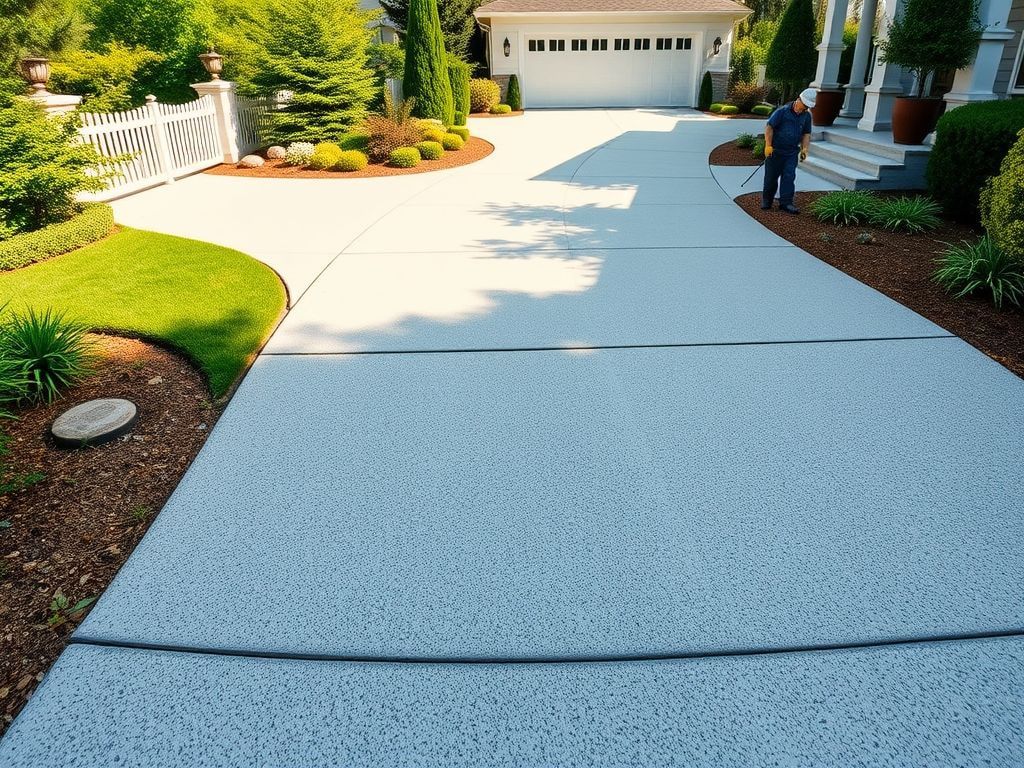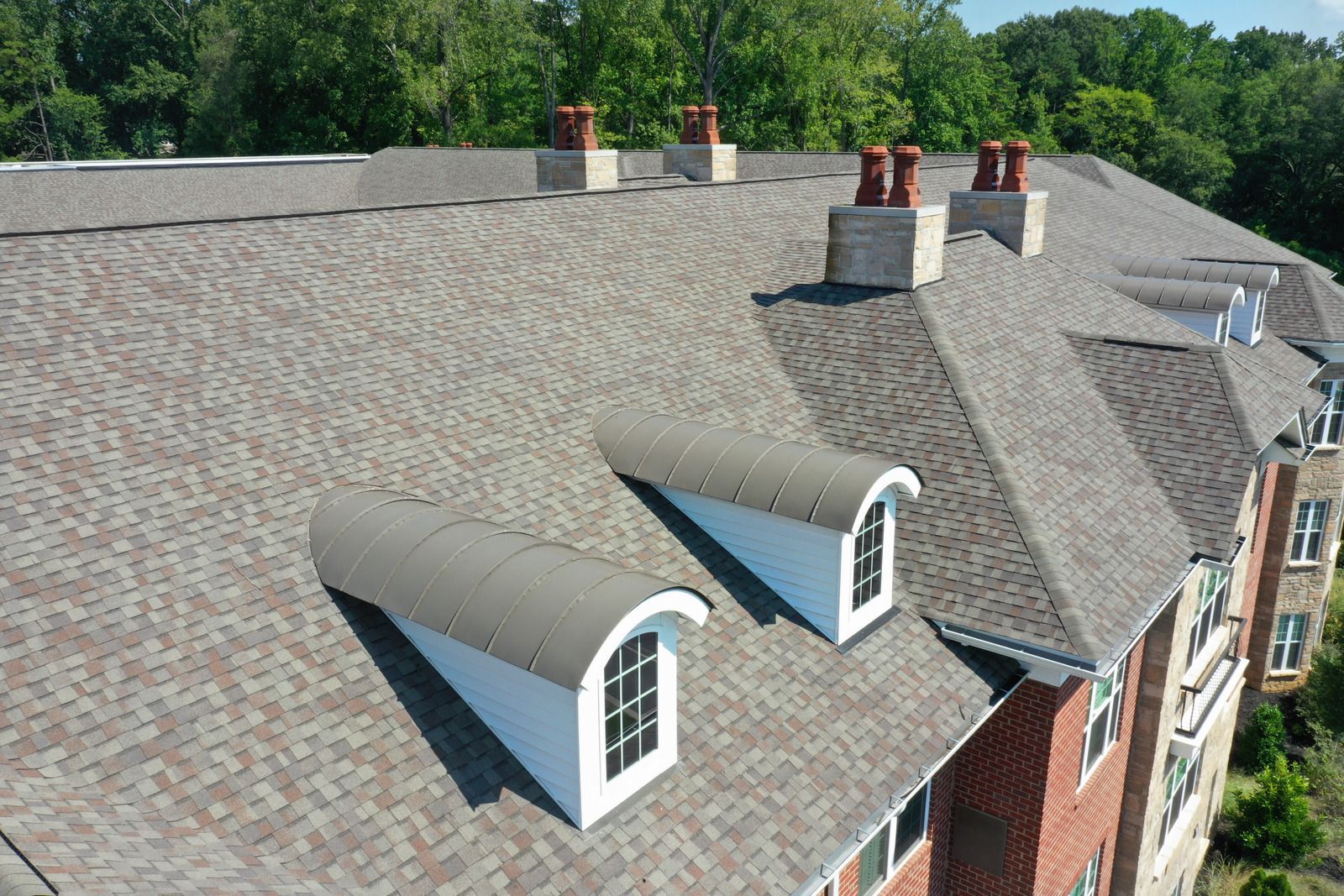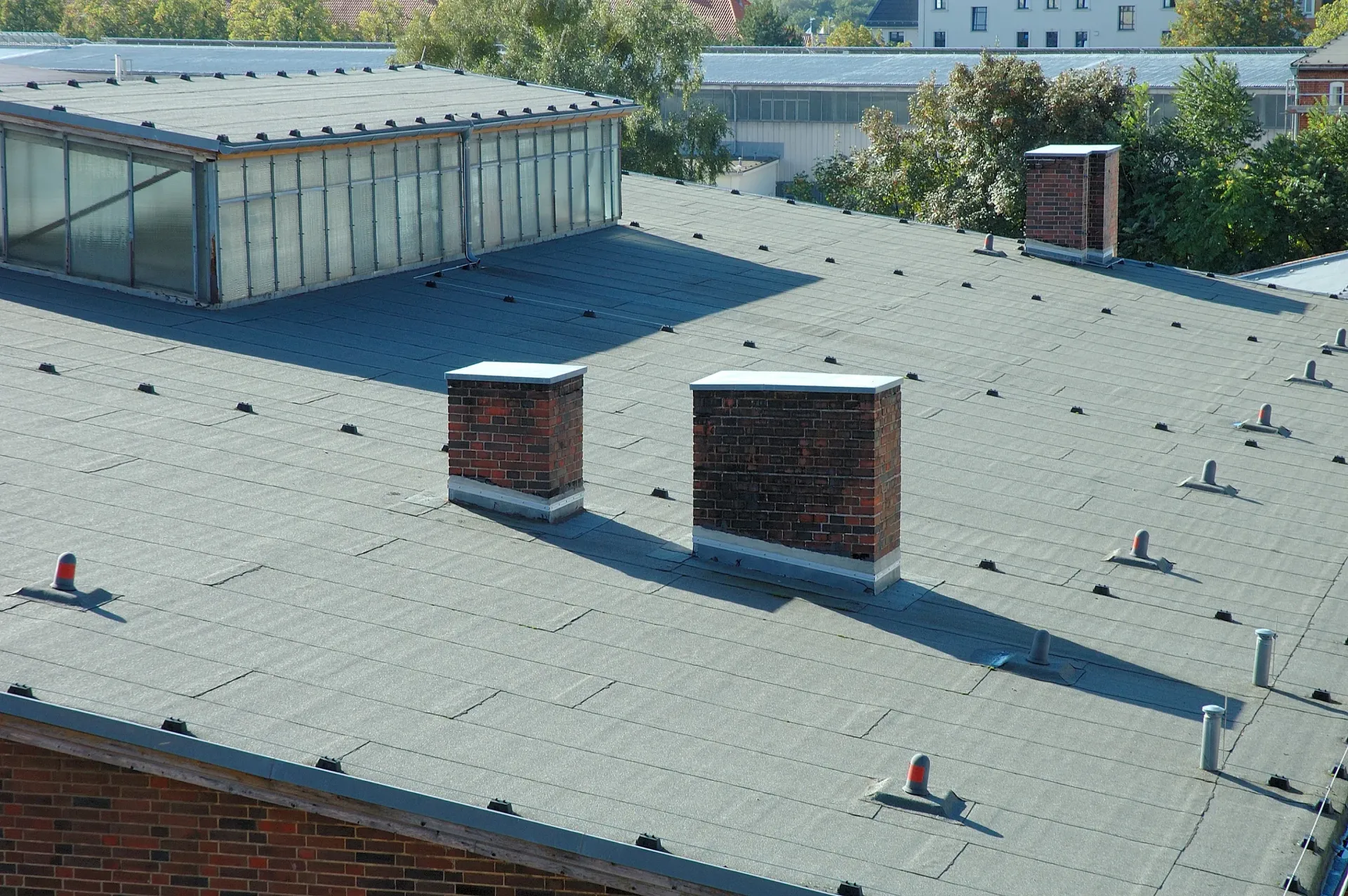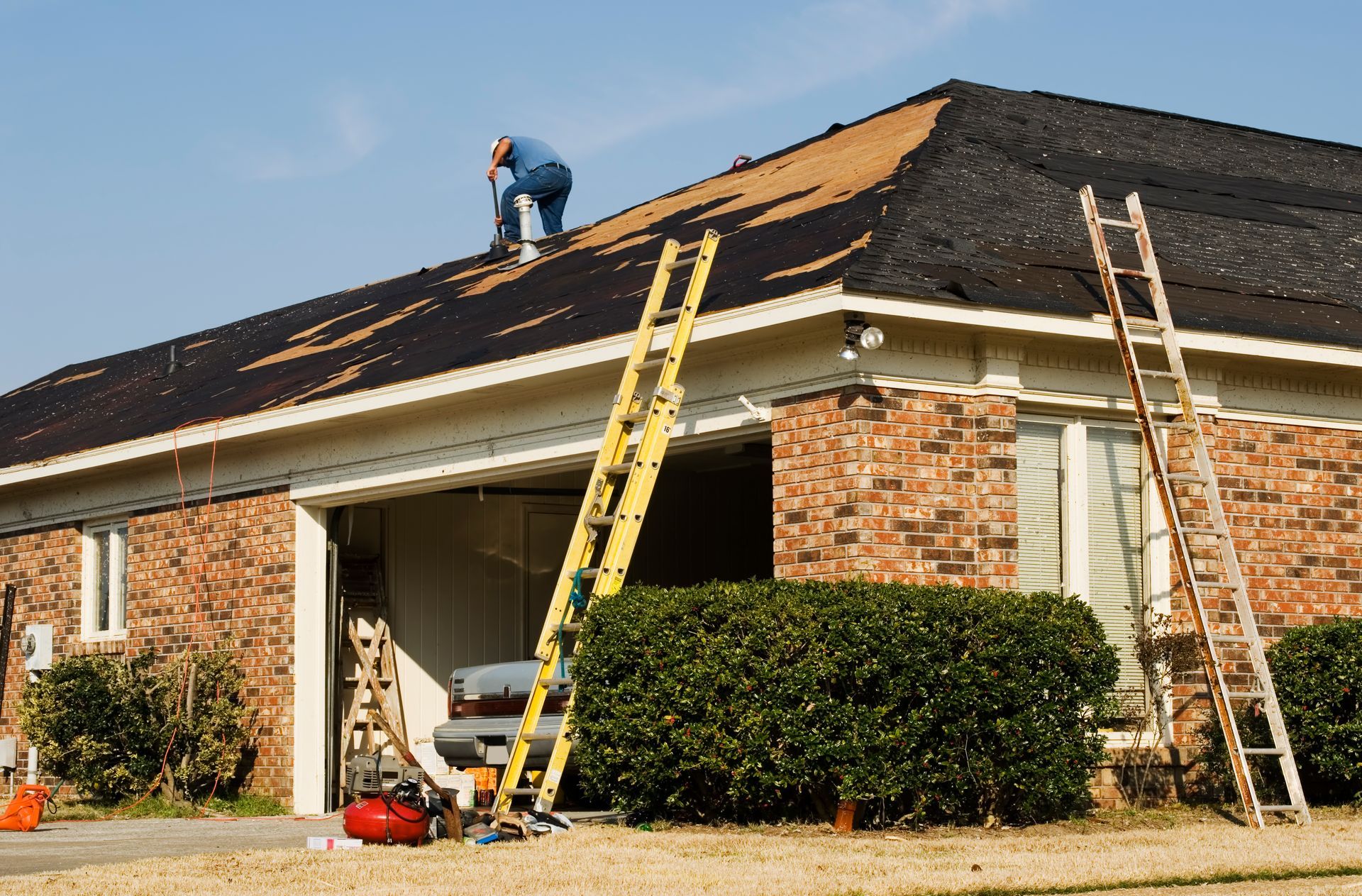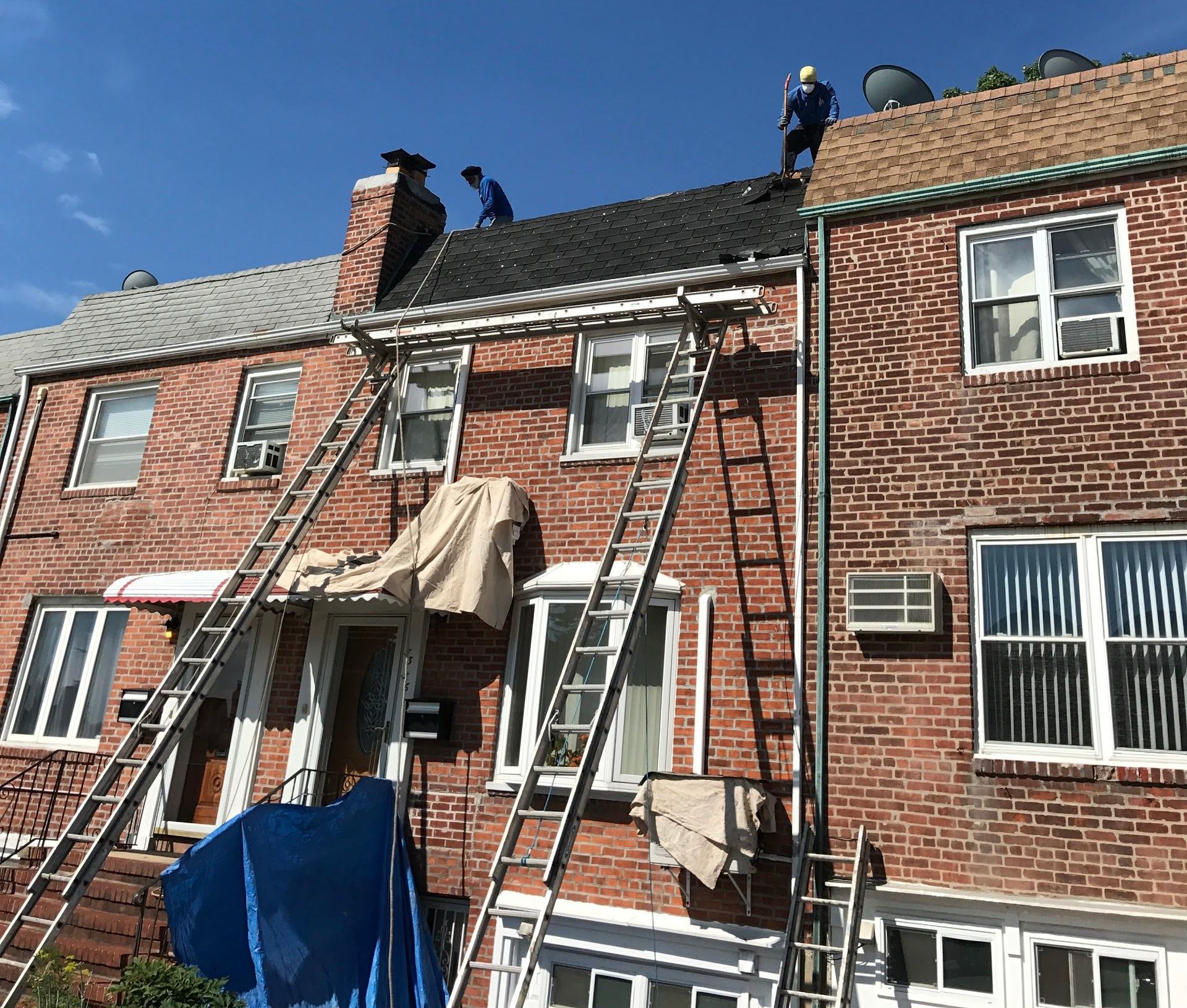Critical Brick Pointing Inspection Protocols: Building a Preventive Maintenance Framework
Key Takeaways:
- Preventive Maintenance Benefits: Systematic brick pointing inspection protocols help property managers shift from reactive maintenance to strategic prevention, potentially reducing emergency repair costs while extending building lifespans.
- Early Detection Focus: Effective protocols identify preliminary deterioration indicators like hairline cracks, color changes, efflorescence, mortar recession, and brick misalignment before visible damage occurs.
- Strategic Inspection Timing: The Northeast's seasonal patterns suggest spring inspections (March-April) to reveal winter effects, fall inspections (October-November) before winter begins, and summer assessments for moisture testing during dry periods.
- Documentation Systems: Comprehensive documentation through digital methods, baseline photography, condition mapping, and maintenance history integration translates findings into actionable maintenance strategies.
- Regulatory Integration: Brick pointing inspection protocols can complement mandatory regulatory requirements like the Façade Inspection Safety Program (FISP) under Local Law 11.
This framework provides commercial building managers in the Bronx with components for developing customized protocols that address common challenges of Northeast urban environments while protecting both buildings and budgets.
Commercial buildings in the Bronx face significant challenges from seasonal weather cycles, aging infrastructure, and local building codes. Property managers and facility directors who implement systematic brick pointing inspection protocols can shift from reactive maintenance toward more strategic prevention, potentially reducing emergency repair costs while helping extend building lifespans.
This framework provides components for developing brick pointing inspection protocols that align with both regulatory requirements and business objectives. By establishing structured assessment procedures, property managers can better protect building assets, allocate maintenance budgets, and help prevent costly emergencies that may impact tenant satisfaction and property values.
Understanding Inspection Parameters for Brick Pointing
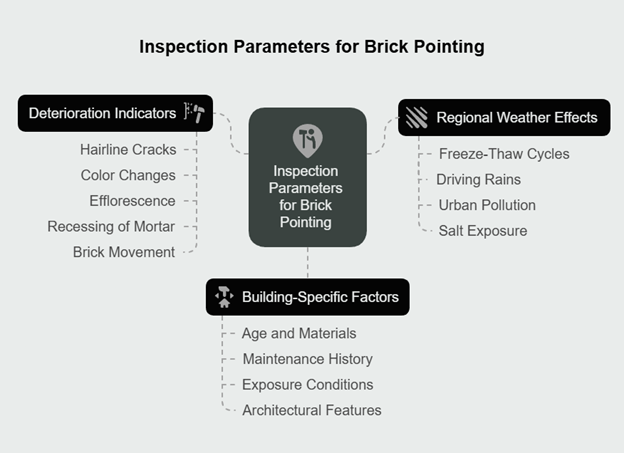
Before visible damage occurs, masonry walls often provide indicators of deterioration that can be identified during inspections. These early warning signs may help distinguish between minor preventive maintenance and more extensive restoration projects.
Key Deterioration Indicators That Precede Visible Damage
Effective inspection protocols focus on identifying preliminary signs of mortar joint issues, including:
- Hairline cracks in mortar joints that may indicate beginning deterioration
- Color changes or darkening of mortar that suggests moisture penetration
- Efflorescence (white, powdery mineral deposits) signaling water infiltration and dissolved minerals migrating to the surface
- Recessing of mortar from the face of brick, indicating erosion
- Brick movement or misalignment suggesting structural stress
Regional Weather Effects on Masonry Deterioration
The Bronx climate, similar to many Northeast urban environments, presents several challenges for masonry buildings:
- Freeze-thaw cycles during winter months cause expansion and contraction that can affect mortar
- Driving rains combined with high winds common in the Northeast may force water into small cracks
- Urban pollution can interact with moisture to form compounds that potentially accelerate mortar degradation
- Salt exposure from winter de-icing affects lower portions of buildings, creating zone-specific wear patterns
Building-Specific Factors Influencing Inspection Consideration
Each building may benefit from a customized approach based on:
- Age and original construction materials, with older buildings often using different mortar compositions that may require different assessment approaches
- Previous maintenance history, including whether previous pointing used compatible materials
- Exposure conditions, with certain façades typically showing more weathering
- Architectural features like cornices, parapets, and decorative elements that affect water movement
Developing a Systematic Inspection Schedule
Proper timing of inspections can help improve the identification of developing issues before they potentially escalate. A systematic schedule considers multiple factors to balance effectiveness and resource allocation.
Seasonal Considerations for the Northeast Climate
The Northeast's seasonal patterns suggest potential inspection windows:
- Spring inspections (March-April) can reveal winter effects when freeze-thaw cycles have exposed weaknesses
- Fall inspections (October-November) allow repairs before winter weather begins
- Summer assessments might focus on moisture testing when extended dry periods make water penetration issues more apparent
Building Age and Construction Method Variables
Inspection frequency considerations might reflect building-specific characteristics:
- Buildings with older lime-based mortars may benefit from different assessment approaches than those with more modern materials
- Buildings from various eras typically used different mortar formulations, which can influence how deterioration manifests
- More recent structures with contemporary mortars may present different assessment considerations
Integration with Other Facility Maintenance Schedules
Efficiency may increase when brick pointing inspections align with:
- Roof and gutter maintenance, as these systems affect water management on masonry walls
- Window caulking and waterproofing assessments, which relate to the building envelope system
- HVAC maintenance that might affect building pressurization and moisture dynamics
Regulatory Compliance Integration (Local Law 11/FISP)
Brick pointing inspection protocols can complement mandatory regulatory requirements:
- Align with Façade Inspection Safety Program (FISP) cycles required under Local Law 11
- Document conditions that might relate to FISP compliance considerations
- Maintain records that demonstrate maintenance between required inspections
- Create documentation systems that address both regulatory and maintenance planning needs
Comprehensive Inspection Protocol Elements

Effective protocols typically require structured assessment approaches that balance thoroughness with practical implementation.
Visual Assessment Techniques and Documentation
Systematic visual inspection forms the foundation of effective protocols:
- Establish consistent rating scales for mortar condition (e.g., excellent, good, fair, poor, failed)
- Implement grid-based documentation systems that map building facades into sections
- Utilize standardized photography protocols with reference markers
- Consider digital annotation tools to mark areas of concern on façade images
Moisture Testing and Penetration Evaluation
Water infiltration often precedes visible damage:
- Consider moisture meter testing after rainfall events to identify absorption patterns
- Evaluate infrared thermography to detect moisture patterns not visible to the naked eye
- Document water testing of suspicious areas using controlled application methods
- Monitor interior conditions that might indicate envelope issues
Mortar Composition and Compatibility Analysis
Understanding existing materials helps prevent incompatible repairs:
- Document different mortar types across the building as many structures have multiple generations of repairs
- Collect samples for composition analysis when developing repair specifications
- Assess hardness, color, texture, and aggregate composition
- Evaluate previous repairs for compatibility and performance
Structural Movement and Displacement Monitoring
Masonry deterioration often connects to structural issues:
- Establish baseline measurements for comparison
- Document existing cracks with measurement references to track progression
- Monitor masonry ties and anchors for signs of stress
- Assess patterns that might indicate settlement, thermal movement, or structural deflection
Documentation Systems for Maintenance Planning
The value of inspections increases when findings translate into actionable maintenance strategies through proper documentation.
Digital Documentation Methods and Technologies
Modern technology can enhance both efficiency and effectiveness:
- Building Information Modeling (BIM) integration for masonry condition management
- Mobile inspection applications that standardize data collection
- Cloud-based systems allowing collaboration between field technicians and management
- Database systems that track conditions over multiple inspection cycles
Photographic Baseline Establishment and Comparison
Visual documentation provides comparative capabilities:
- Establish comprehensive baseline photography during initial inspection
- Implement standardized photography protocols for consistent comparison
- Use comparison techniques to identify changes between inspections
- Maintain digital archives organized by building section and inspection date
Condition Mapping and Deterioration Tracking
Spatial documentation converts individual observations into patterns:
- Create façade maps using standard notation systems for condition ratings
- Develop color-coded severity indicators that communicate priorities visually
- Track progression of deterioration across multiple inspection cycles
- Identify pattern-based issues that might indicate systemic problems
Maintenance History Integration
Context from previous work informs current decisions:
- Link inspection findings to historical maintenance records
- Document performance of previous repairs to guide material selection
- Create accessible timelines of intervention and results
- Integrate contractor observations and recommendations from previous projects
Translating Inspection Findings into Preventive Action
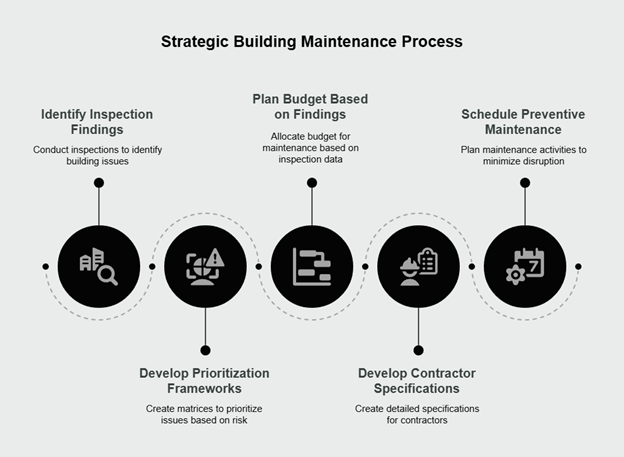
The potential value of inspection protocols emerges when findings drive strategic decision-making for building envelope maintenance.
Prioritization Frameworks for Identified Issues
Not all deterioration requires the same attention timeline:
- Develop risk-based assessment matrices considering safety, water infiltration potential, and progression rate
- Categorize findings into immediate action, next maintenance cycle, and monitoring categories
- Consider location-specific priorities based on public exposure, tenant impact, and weather exposure
- Evaluate systemic vs. isolated issues to determine appropriate intervention scale
Budget Planning Based on Condition Assessment
Inspection findings can inform financial planning:
- Develop unit cost projections based on condition ratings
- Create multi-year maintenance plans with prioritized interventions
- Establish reserve allocations for predicted maintenance needs
- Compare preventive maintenance costs against potential emergency repair scenarios
Contractor Specification Development
Detailed inspection documentation can improve contractor communication:
- Translate condition assessments into scope-of-work specifications
- Provide detailed location and condition mapping for bidding accuracy
- Include photographic documentation of specific areas requiring attention
- Specify appropriate materials based on existing mortar analysis
Preventive Maintenance Scheduling
Strategic timing can enhance effectiveness and minimize disruption:
- Schedule interventions during appropriate weather windows for masonry work
- Coordinate with tenant activities to minimize disruption
- Sequence work to address vulnerable areas before seasonal weather challenges
- Consider pilot repairs in small areas to verify specifications before full implementation
Implementation Considerations and Costs
Establishing comprehensive inspection protocols requires initial investment and ongoing commitment:
Resource Requirements
Implementing thorough inspection protocols typically involves several types of investments:
- Staff training or hiring specialized personnel with masonry assessment expertise
- Equipment costs for moisture meters, cameras, and possibly thermal imaging equipment
- Software systems for documentation, tracking, and analysis
- Potential consultant fees for specialized assessments or protocol development
Cost-Benefit Evaluation
Organizations should weigh several factors when considering implementation:
- Upfront costs against long-term maintenance savings
- Scale of implementation based on building portfolio size and value
- Phased approach options that spread investment across budget cycles
- Return on investment timeframes that may extend across multiple years
Practical Implementation Challenges
Several factors can affect successful implementation:
- Access limitations for certain building areas requiring specialized equipment
- Staff capacity and expertise for ongoing protocol management
- Integration complexity with existing maintenance management systems
- Tenant coordination requirements for certain inspection activities
Conclusion
Implementing systematic brick pointing inspection protocols can help transform building maintenance from reactive emergency response to more strategic asset management. For property managers and facility directors in the Bronx, this structured approach may deliver several benefits: extended building lifespan, reduced emergency repair costs, enhanced budget predictability, and improved tenant satisfaction.
The framework outlined provides components for developing customized protocols that reflect each building's characteristics while addressing common challenges of Northeast urban environments. By shifting toward a more preventive maintenance approach, property managers can better protect both their buildings and budgets while demonstrating professional facility management.
Frequently Asked Questions
Q: What factors affect inspection frequency for commercial buildings in the Bronx area?
A: Inspection frequency considerations vary widely based on several factors, including building age, previous maintenance history, and exposure conditions. While some buildings might benefit from annual inspections, others with previous water infiltration issues or historical significance might warrant more frequent assessments to monitor seasonal effects. Weather patterns, particularly freeze-thaw cycles common in the Northeast, construction methods, material composition, and prior repair quality all influence appropriate intervals. Property managers should evaluate these variables for their specific buildings rather than following a one-size-fits-all approach, potentially adjusting frequency based on findings from initial inspections.
Q: How might inspection protocols differ between historic and modern commercial buildings?
A: Inspection protocols for historic buildings generally require different considerations regarding original materials, traditional construction methods, and preservation requirements compared to modern structures. Older buildings often feature different mortar compositions requiring distinct assessment criteria than contemporary materials. Inspections typically need to evaluate compatibility with existing materials while documenting architectural elements. Modern buildings frequently focus more on system performance and water management. These differences can affect inspection methodology, qualification requirements for inspectors, documentation standards, and subsequent maintenance planning. Understanding these distinctions helps ensure appropriate resource allocation while maintaining building envelope integrity.
Q: What documentation systems support long-term masonry maintenance planning?
A: Documentation systems that integrate visual records, condition assessments, and maintenance history generally provide value for long-term planning. Digital platforms that allow for comparative analysis over time, with capabilities for mapping deterioration progression through photography and condition grading, can support informed decision-making. These systems typically incorporate tools for translating technical findings into actionable maintenance plans with budgetary implications. Effective documentation approaches create institutional knowledge that persists through staff transitions while providing communication tools for management, maintenance teams, and contractors. This systematic documentation can be particularly valuable for regulatory compliance and capital planning.
Frequently Unasked Questions
Q: How might tenant lease structure impact brick pointing inspection implementation?
A: Commercial lease structures can influence inspection protocol implementation in several ways. Different lease types (triple-net leases where tenants bear maintenance costs versus gross leases where owners absorb these expenses) create different incentive structures. This potentially affects budget approval processes, scheduling flexibility, and access provisions. The lease structure may determine whether inspections must be capitalized or expensed, influencing fiscal year timing decisions. Additionally, tenant improvement clauses might create questions about envelope maintenance responsibilities. Property managers should review lease agreements before implementing inspection protocols to ensure compliance with contractual obligations and appropriate cost allocation, helping prevent potential disputes that could delay maintenance.
Q: What organizational liability considerations arise from documented inspection findings?
A: Documented inspection findings create liability considerations that organizations should evaluate. When deterioration is formally documented, appropriate response planning becomes important, as failure to address identified issues could potentially relate to negligence questions. However, the documentation itself can provide evidence of due diligence when properly maintained. Organizations typically develop protocols for inspection finding classification, response timeframes, and interim safety measures to manage these implications. The inspection documentation system might include review processes for findings that indicate safety concerns, with clear escalation pathways and interim mitigation requirements. This balanced approach helps protect both the organization and building occupants while supporting maintenance prioritization.
Q: How might brick pointing inspection protocols relate to ESG reporting considerations?
A: Systematic brick pointing inspection protocols can potentially factor into Environmental, Social, and Governance (ESG) reporting frameworks increasingly used in commercial real estate. Building envelope integrity relates to energy efficiency metrics that may appear in environmental impact assessments. Proactive maintenance documented through systematic inspections can demonstrate governance approaches to investors performing due diligence. Additionally, these protocols support social responsibility aspects by helping prevent unsafe conditions and maintaining neighborhood aesthetics. As ESG reporting evolves in commercial real estate portfolios, organizations may find value in structuring inspection documentation to extract relevant data points for sustainability reporting, potentially creating cross-functional value from maintenance activities.
Disclaimer: This content is for informational purposes only and not intended as business advice. No business relationship is formed through this content. The information provided does not replace professional consultation. Please consult qualified business advisors for guidance specific to your organization's situation.
Preserve Your Building's Integrity—Before Damage Strikes
At City Suburb, we understand that timely brick pointing isn’t just about aesthetics—it’s about protecting your building from structural wear, water infiltration, and unnecessary repair costs down the line. With decades of hands-on experience across the Bronx and greater NYC, our licensed masonry specialists deliver precise, code-compliant inspections and repairs that extend the life of your property.
Whether you're managing a historic structure or a modern commercial complex, our team ensures brick pointing solutions that align with your preventive maintenance goals. Contact us today to schedule a consultation or request a free photo estimate—and let us show you why property owners across New York trust us with their building exteriors.
"City Suburb showed up to my house about an hour and a half away to give me a quote when I couldn't even get local contractors that have an office 5 blocks away to come and take a look... excellent work on my brick pointing... would definitely recommend them." — Genkai Nashi
🔍 Explore our full range of masonry and waterproofing services—we're here to help you make proactive maintenance work for your property, your tenants, and your bottom line.
📲 Stay connected:
Follow us on Facebook |
See our latest projects on Instagram
